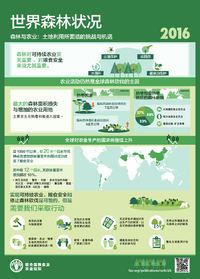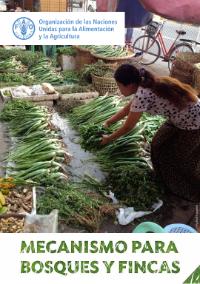Land-based climate change mitigation, land grabbing and conflict: understanding intersections and linkages, exploring actions for change
Recent research highlights the potential for climate change mitigation projects and large-scale land deals to produce conflicts over land and resources. However, this literature generally views climate change policies and land grabbing as separate processes, and focuses on discrete areas where displacement or contested claims occur. We argue that additional research strategies are needed to understand the social and ecological spill-over effects that take place within larger areas where land-based climate change projects (e.g.






